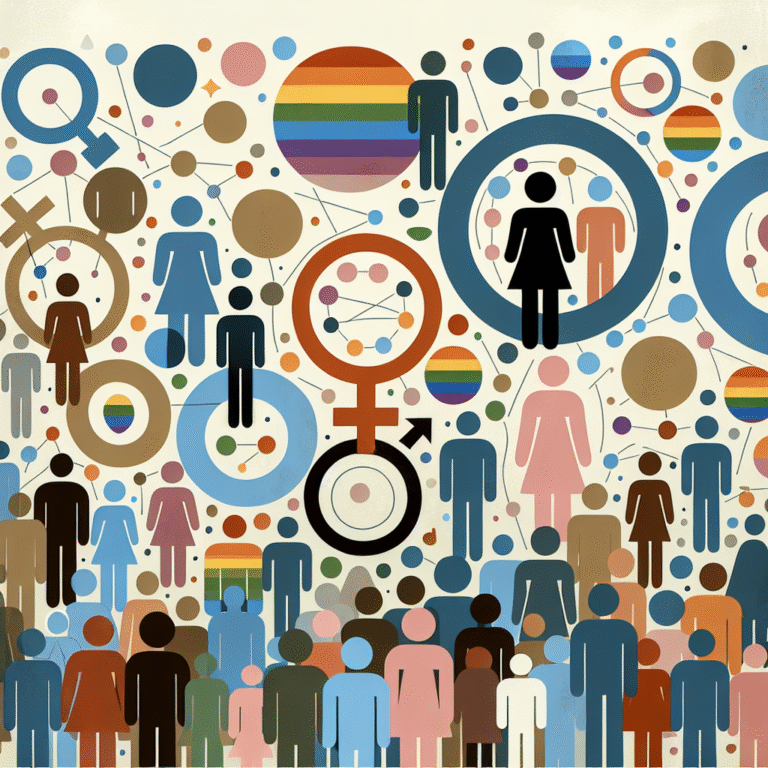
Introduction
In today’s rapidly evolving corporate landscape, the concept of the "glass ceiling" has become a familiar term symbolizing the invisible barriers that prevent women from ascending to leadership roles. However, as we delve deeper into the realm of female leadership, it is critical to recognize that the challenges faced by women extend far beyond this metaphorical ceiling. The article Beyond the Glass Ceiling: The Unseen Barriers Facing Women Leaders Today promises to unveil these hidden obstacles and offer meaningful solutions for both individuals and organizations.
Women demonstrate extraordinary potential as leaders, yet a myriad of unseen barriers continues to keep them from reaching their full potential. This article explores the complex layers of these challenges, drawing on case studies, data, and actionable insights to demonstrate the pressing need for change and the pathways toward a more equitable leadership landscape.
Understanding the Glass Ceiling and Beyond
The Conventional Wisdom: The Glass Ceiling
Traditionally, the glass ceiling refers to an unyielding barrier preventing women and minorities from advancing to top positions within organizations. This barrier is often perceived as a result of discrimination, biases, and entrenched organizational cultures. However, this view limits our understanding of the multifaceted hurdles that women leaders must navigate.
Unseen Barriers: The Real Challenges
When we talk about Beyond the Glass Ceiling: The Unseen Barriers Facing Women Leaders Today, we must consider factors like:
- Subtle Biases: Implicit biases manifest in everyday interactions, from hiring decisions to promotions, often undermining women’s capabilities.
- Networking Gaps: Women frequently have less access to influential networks that open doors to high-level opportunities.
- Work-Life Integration: Societal expectations regarding family roles can limit the time and energy women can dedicate to their careers.
- Mentorship Deficits: A lack of female role models and mentors can leave women without the guidance they need to navigate complex corporate hierarchies.
Case Studies: Real-World Applications
Case Study 1: Sheryl Sandberg and Lean In
Sheryl Sandberg’s book Lean In brought significant attention to the challenges women face in the workplace. Sandberg’s journey as the Chief Operating Officer of Facebook showcases both the glass ceiling and the unseen barriers. While achieving incredible success, she often discusses issues such as sexism and the difficulty of balancing family and work. Sandberg’s advocacy for women to take their seats at the table has inspired a movement but also highlights the ongoing challenges of overcoming ingrained biases in corporate America.
Analysis: Sandberg’s experiences offer a blueprint for understanding the complexities of residential norms that perpetuate the barriers against female leaders, emphasizing that both cultural change and personal determination are vital.
Case Study 2: General Motors and Women in Leadership
Mary Barra made history as the first female CEO of General Motors in 2014. Her role placed her at the forefront of a traditionally male-dominated industry. However, her ascent wasn’t devoid of challenges. Despite her position, Barra faced skepticism regarding her technical knowledge and leadership approach purely based on her gender.
Analysis: Barra’s experience underlines the importance of visible support for women leaders. Companies should implement training programs that promote gender equity and recognize the potential in their female employees.
| Barrier | Impact | Suggested Action |
|---|---|---|
| Implicit Bias | Undermines credibility | Bias training for all employees |
| Lack of Networking | Limits opportunities | Structured networking initiatives |
| Work-Life Balance | Reduces career growth | Flexible work options |
| Absence of Mentorship | Hinders career navigation | Mentorship programs |
The Path Forward: Strategies to Overcome Barriers
1. Organizational Change
Companies must commit to evaluating and recalibrating their cultures. Implementing diversity training programs can help combat implicit biases, creating a more inclusive atmosphere conducive to female leadership.
2. Building Influence Networks
Enhancing networking opportunities for women is critical. Organizations can establish formal groups that foster relationships between women leaders and mentors, providing guidance, support, and opportunities for collaboration.
3. Promote Work-Life Integration
Creating policies that prioritize work-life balance, such as flexible work schedules and parental leave, can significantly alleviate the burden on women balancing careers and familial responsibilities.
4. Celebrate Role Models
Visible role models are crucial. Highlighting the achievements of women in leadership can inspire the next generation of female leaders and showcase their potential to stakeholders within the organization.
Conclusion
The journey Beyond the Glass Ceiling: The Unseen Barriers Facing Women Leaders Today requires understanding, dedication, and action. By addressing the subtle yet profound challenges women encounter in their careers, we can collectively work towards dismantling the barriers that have held talented individuals back for far too long.
Organizations and individuals alike have a role to play in cultivating environments that foster equality and promote female leadership. The fight isn’t just about breaking the glass ceiling; it’s about reshaping the entire corporate landscape. Through conscious effort and shared resolve, we can unleash the full potential of women leaders today and empower future generations to thrive.
FAQs
1. What are some examples of hidden biases in the workplace?
Hidden biases often manifest in assumptions about women’s abilities, qualifications, and commitment. For instance, women might be assumed to be less qualified than their male counterparts or subjected to more scrutiny than male peers in similar roles.
2. How can organizations foster better networking opportunities for women?
Organizations can create dedicated networking groups, host inclusive events, and actively encourage cross-departmental collaborations to enhance networking opportunities for women at all levels.
3. Why is work-life balance crucial for women leaders?
Work-life balance is essential for women leaders as they often juggle both professional and personal responsibilities. Creating an environment that supports this balance can lead to increased job satisfaction, retention, and productivity.
4. What role does mentorship play for women in leadership?
Mentorship provides women with guidance, encouragement, and insight into navigating their careers. Having mentors can help them build their professional networks and develop the skills needed to advance into leadership roles.
5. How can individuals support women’s leadership in their organizations?
Individuals can advocate for equitable policies, champion their female colleagues, and actively engage in dialogues around diversity and inclusion to foster a supportive environment for women leaders.
By embracing these insights and striving for progressive change, we can collectively foster a workplace where women thrive, not just beyond the glass ceiling, but throughout the entire organizational fabric. Let this call to action resonate, guiding us towards a more inclusive and equitable future in leadership.














